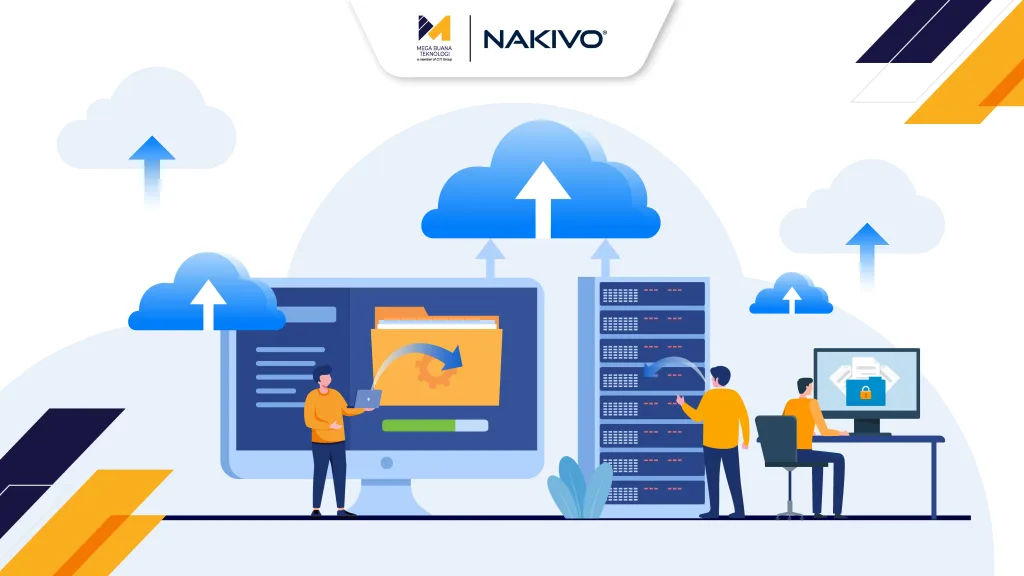Cyberattacks are no longer a future threat; they are a daily reality for businesses everywhere.
According to Cybersecurity Ventures (2025), global losses from cybercrime have grown around 15% annually since 2021 and are projected to exceed USD 1 trillion per month by 2031.
Amid this escalation, databases have become prime targets, holding sensitive information that is highly valuable to both companies and attackers. Strengthening database security is therefore a crucial step in protecting data, the very foundation of any organization.
What Is Database Security?
Database security is the comprehensive practice of keeping data confidential, intact, and always available when needed. These three principles form the foundation of protecting any organization’s digital assets.
Security measures span multiple layers, from the data itself and the database management system (DBMS) to connected applications and network infrastructure. Even the physical or virtual servers hosting the database must be safeguarded.
In practice, enhancing database security often involves balancing convenience and protection. Systems that are easy to access tend to have larger attack surfaces, while stricter security can limit user flexibility. The key is to achieve a balance where data remains secure without compromising productivity.
4 Common Threats to Your Database
No system is immune to vulnerabilities. Risks can arise from human error to sophisticated cyberattacks. Here are four of the most common threats:
Human Error
Despite advanced technology, human factors remain the leading cause of data breaches. Weak passwords, credential sharing, and mismanagement of access privileges often create security gaps.
SQL/NoSQL Injection Attacks
Attackers exploit vulnerabilities in web applications by injecting malicious code into database queries, allowing them to read, modify, or delete sensitive data.
Buffer Overflow and DoS/DDoS Attacks
These attacks overwhelm database servers with fake requests, preventing them from handling legitimate queries. Severe cases can drastically reduce performance or even crash the system.
Malware
Malware remains a classic yet effective threat. By infiltrating endpoints connected to the network, malware can exploit system weaknesses to steal or corrupt data.
8 Key Steps to Secure Your Database
Since databases are connected to multiple components, from servers and applications to user devices, protection must be holistic, not limited to the DBMS itself. Key steps include:
Physical Security
Whether hosted on premises or in the cloud, servers must be in secure environments with temperature control and restricted access. Cloud providers usually handle physical security automatically.
Access and Network Controls
Implement a “least privilege” policy so users only have the permissions necessary for their roles. Limit database connections to secure, verified channels.
User and Device Security
Monitor user activity, including who accesses data, when, and how. Use monitoring solutions to detect suspicious behavior and ensure all devices are protected against physical and digital threats.
Data Encryption
Encrypt data at rest and in transit using industry-standard practices. Proper key management is crucial for maintaining strong protection.
Database Software Security
Always run the latest DBMS versions and promptly apply security patches. Unpatched vulnerabilities can be exploited by attackers.
Application and Web Server Security
Applications connected to the database are potential attack vectors. Conduct regular security testing and follow up-to-date security standards.
Backup Security
Database backups are often overlooked, yet they carry the same risks as the primary database. Apply strict encryption and access controls to backups.
Audit and Monitoring
Regular audits help maintain compliance and detect potential threats early. Track logins, data changes, and critical activities to improve transparency.
Read More: Boost Business Efficiency with Database Migration in the Digital Transformation
Oracle Data Masking: Protecting Sensitive Data in Non-Production Environments
Protecting sensitive data in non-production environments, such as testing or development, remains a major challenge.
Oracle Data Masking and Subsetting addresses this by replacing real data with realistic, fictionalized values. Developers and testers can work with data that appears authentic without exposing confidential information.
Key features include:
- Predefined Masking Formats: Ready-to-use templates for common data types like credit cards and emails.
- Deterministic Masking: Ensures consistency while maintaining data integrity.
- Conditional Masking: Masks only the data that meets specific conditions.
- Reversible Masking: Authorized users can restore data to its original form if needed.
- Custom Masking Policies: Tailored rules for specific sensitive data.
- Multi-Database Support: Works across various Oracle database versions.
- Comprehensive Auditing: Detailed logs for transparency and accountability.
MySQL Enterprise Edition: Advanced Protection for MySQL Systems
Another widely adopted enterprise solution is MySQL Enterprise Edition, which provides more advanced security features than the Community Edition, making it ideal for organizations prioritizing data protection.
Key features include:
- Transparent Data Encryption (TDE): Safeguards data at rest while meeting regulatory requirements.
- Masking & De-identification: Protects sensitive data in non-production environments.
- Firewall and Auditing: Prevents attacks like SQL injection and logs activities for compliance and investigation.
- External Authentication & In-Transit Encryption: Integrates with SSO/LDAP systems and encrypts data in transit.
Combined, these features deliver comprehensive protection without sacrificing flexibility or performance.
Secure Your Database with Oracle and MySQL Solutions from MBT
Mega Buana Teknologi (MBT), a subsidiary of CTI Group and official distributor of Oracle and MySQL, offers comprehensive database security solutions. Supported by certified professionals with cross-industry experience, MBT helps businesses keep their database infrastructure secure, stable, and compliant.
Trust MBT to safeguard your most valuable data assets. Contact us today for full implementation, migration, and support services.
Author: Wilsa Azmalia Putri – Content Writer CTI Group




